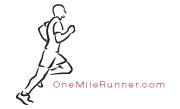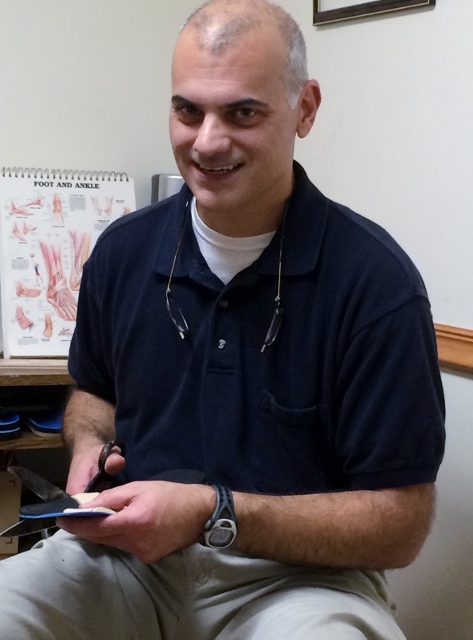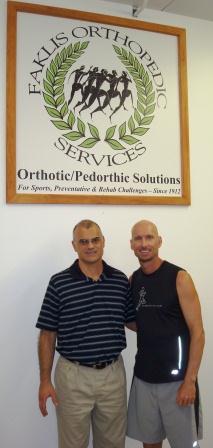1) Build Speed From A Shorter Distance To A Longer Distance
I train a bit differently than most runners who are searching for their race form. For each Annual Event since 2008, I do the customary build up that most runners do in the months of preparation = a strong long distance base, intense tempo runs, and smart recovery within the week’s plan of action. However, when I begin my speed work, I start at 100 yards and then build to 1/8 mile, then 1/4 mile, then 1/2 mile. Many runners tell me that they dive right into the 1/4 mile repeats, but I do not want to attempt a 1/4 mile unless my form and speed is definitely there. For example, here is my build up this season: 100 repeats (13-15 seconds), 1/8 mile repeats (30-32 seconds), 1/4 mile which I ran (1:05-1:10) today (Thursday) and Tuesday with only one day off in between workouts this week (similar to my race schedule in Greece), then next week begin the 1/2 mile (2:18-2:24). I feel there is no reason to lengthen my distance if I do not feel the proper speed in the shorter distance. I take my form in the 100 yard workout and stretch it out to the 1/2 mile. Speed first, then lengthen the distance.
2) Mentally Approach Your Workouts Like A Race
Over the years, many people have asked how did I do so well in my first race when I have not raced in 6 months. The answer is that I have been mentally racing over the last few months of my training. Especially in my speed workouts, I put my toe on the line as in a race, prepare the same way as a race, and feel the intensity as in a race. Sprint against others or against the clock – feels like I have been racing every week.
3) Do Not Underestimate the Dress Rehearsals
Leave nothing to chance that you can control. Dress rehearsals are important part to prepare your mind for the pain, test drive your equipment, and build real experiences for your confidence. Today in my 1/4 mile repeats I test drove my: New Balance 1400s, Maui Jim sunglasses, Sigvaris graduated compression sock, Faklis made orthotic, 2xU arm sleeves, race day watch, race day clothing, sunscreen, Vega All-In-One pre-race drink, shaved my head and body with my HeadBlade razor, and prepared my muscles with The Stick. Your confidence will not be fragile if built upon a great foundation of meaningful experiences. Repeat, rehearse, repeat, and rehearse. The mile race is an extension of your hours of preparation. Enjoy the process of being an athlete.




